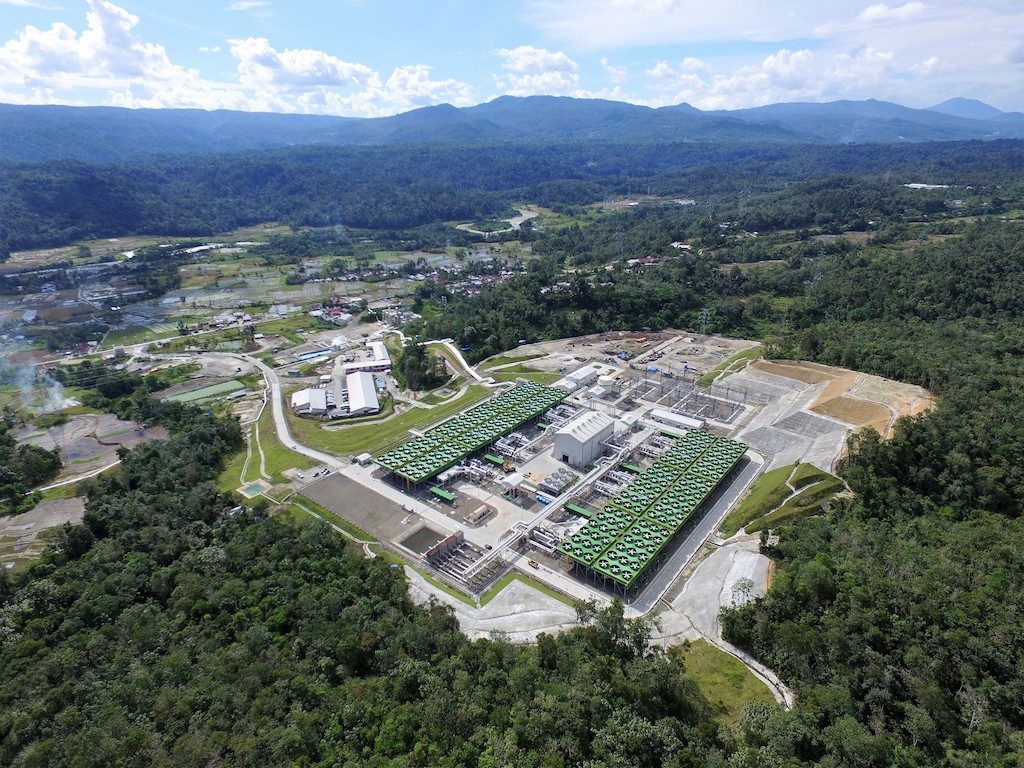Overview on the development of the 330 MW Sarulla geothermal project, Indonesia
The lengthy development of the Sarulla geothermal project has recently been highlighted in a nice overview by Power Magazine, providing a good background and insight.
In a recently published article by Power Magazine, the author provides a great overview on the geothermal project of Sarulla in Indonesia.
Having taken decades to develop, the project is now planning to reach its full capacity in 2018 with the addition of the third phase unit of 110 MW. This will then bring the total capacity of the plant to 330 MW.
Located in Tapanuli Utara in North Sumatra province, development on the Sarulla geothermal field started already in 1987, spearheaded by Pertamina. Between 1994 and 1998, U.S. firm Unocal (a Chevron subsidiary) drilled 13 deep exploration wells into two of the fields in Sarulla. Temperatures than provided promising 260 to 276 degrees Celsius.
Then the Asian financial crisis hit and derailed the project. In 2004, following the passing of new legislation promoting private sector investment in geothermal, PLN started an IPP bidding process, which was won by the consortium of ITOCHU Corp, Ormat and PT Medco Power Indonesia in 2006. Japanese energy firm Kyushu Electric Power then joined the consortium in 2007 and the JV of Sarulla Operations was founded. Japanese INPEX joined the project in 2015.
Fast forward to 2017 and the first 110 MW unit started operation in March 2017 and the second unit started in October 2017. The third unit is currently under construction and will commence operation in the spring of 2018.
There have been a lot of articles on Sarulla and the project, but the Power Magazine article recently published provides a great overview. Check it out here.
An other great overview with a focus on the financing for the project and the structure of it can be found via CPI.
Source: Power Magazine


















